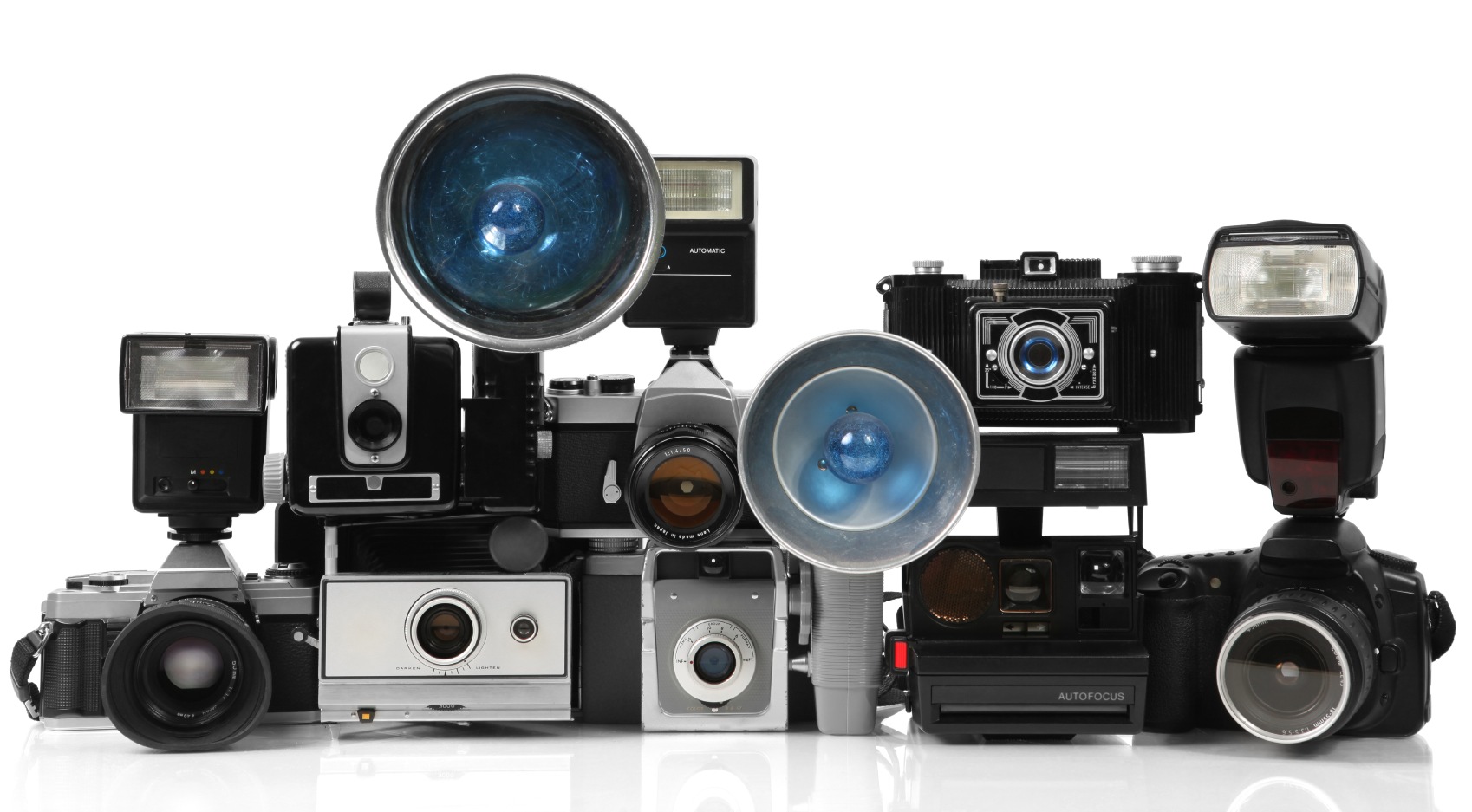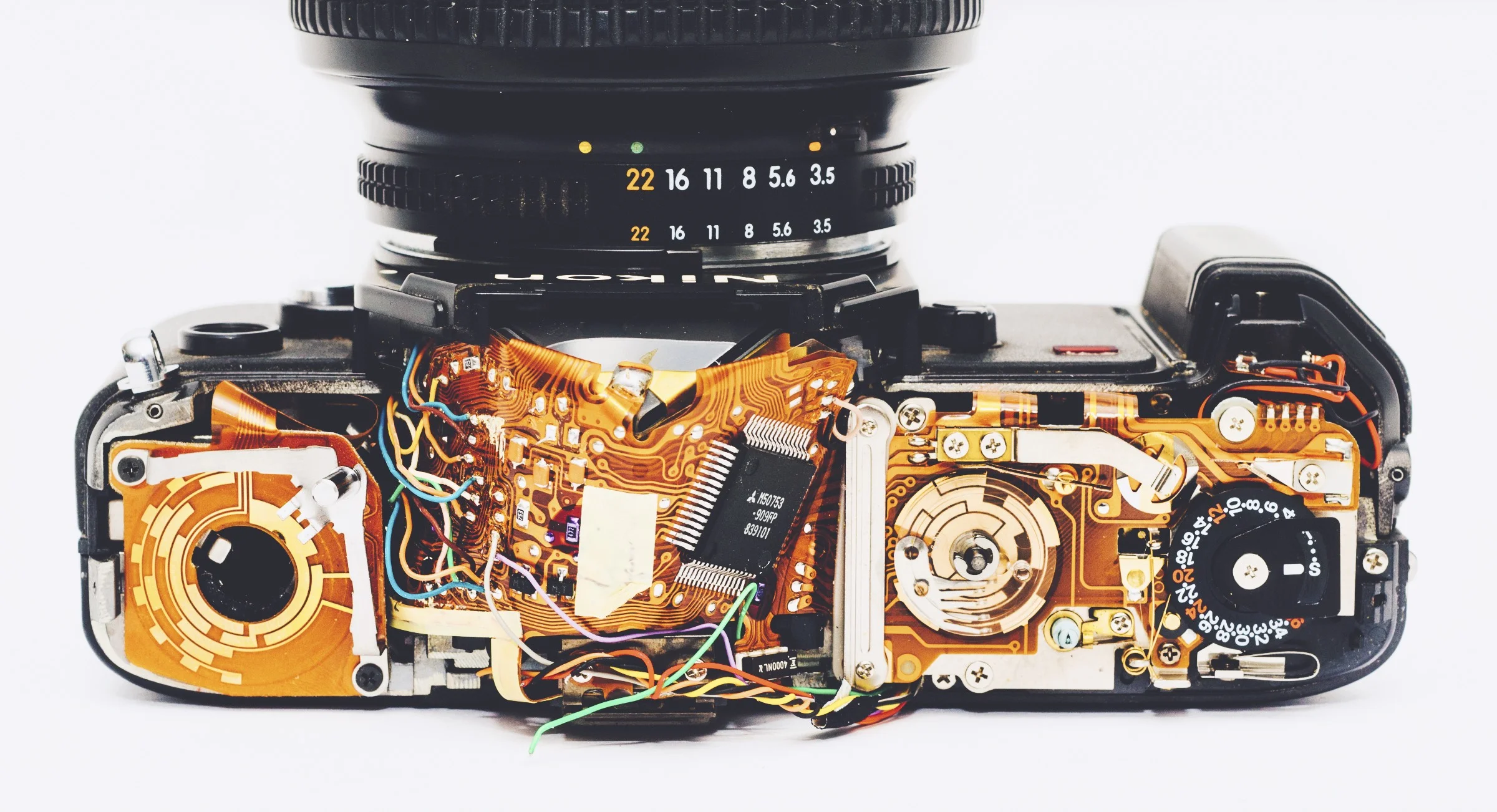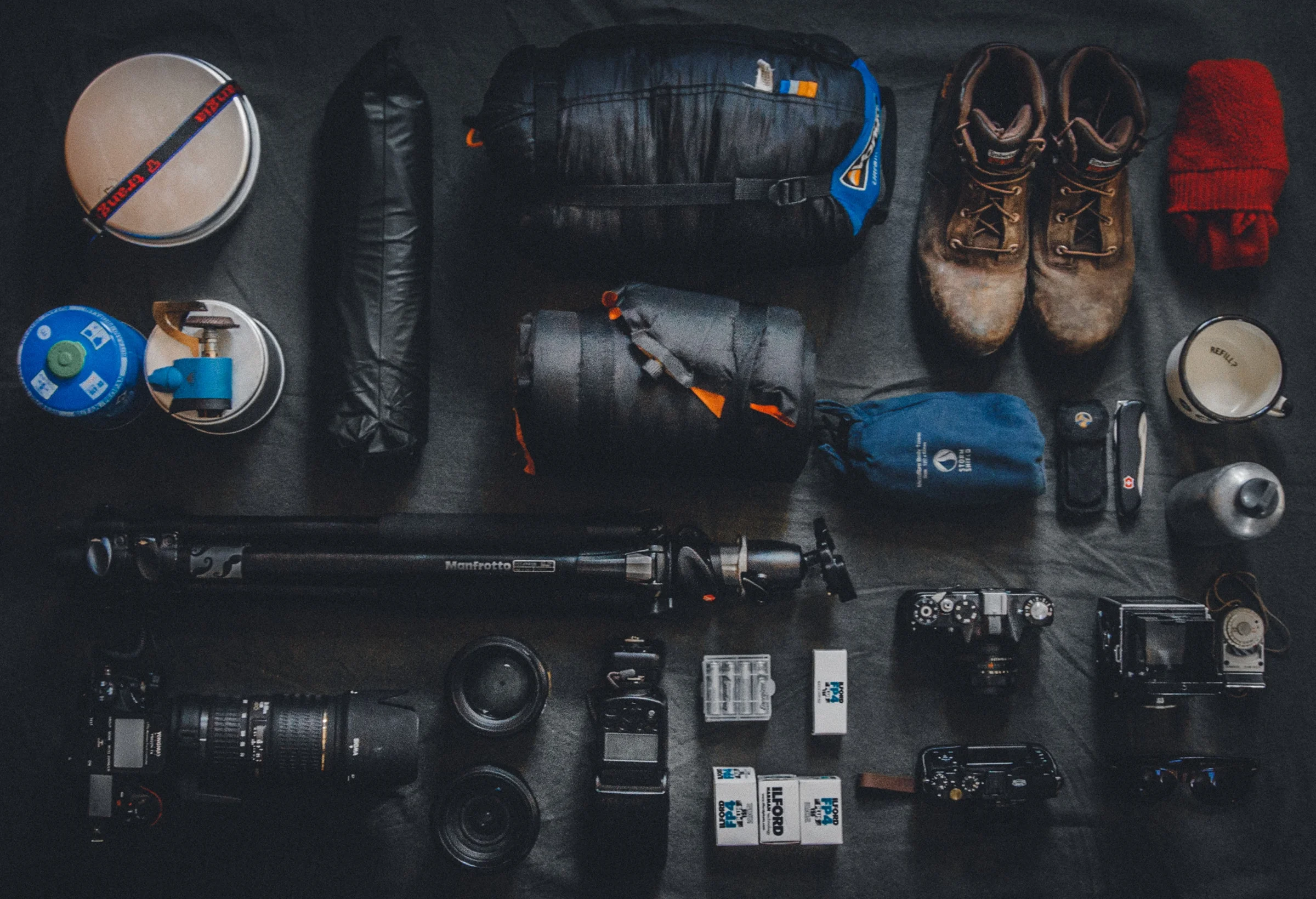The thing that always comes to mind every time I read a review of a new camera, or see the marketing material published by a camera company, is that the things used to quantify how good a camera is are often not the most important qualifiers of quality. In particular, resolution and how high the iso goes are the two factors that are given the most prominence in a lot of camera reviews and ads. I have a real problem with this being the deciding factor though.
For a start, being able to shoot at ISO 12800 or higher is nice but let's face it, most people might use that feature once in a blue moon, and yet every review out there focuses on comparing cameras at these ridiculously high sensitivities, yet few if any take a detailed look at how a camera performs at normal Iso. A far more useful comparison would be how much noise there is at base iso and in the normal range of 100-800 where most people shoot, but when is the last time you saw a review take a detailed look at this? Another important factor in terms of noise is how much noise is in the shadows. In my opinion these two factors are more important than how a camera performs in almost darkness.
Then there is resolution. Despite the push back against the megapixel myth, resolution is often still used as a determining factor. While high resolution cameras do have their purpose, just giving a number of how many pixels a camera has doesn't really tell you much. There are numerous factors that can influence how sharp an image is that are not connected to the sensors actual resolution. For example, the design of the antialiasing filter can have a big impact. Noise reduction can also play a big part as can the de-bayer algorithm. So in my opinion a far better determining factor would be resolving power rather than just a straight megapixel count. To be fair some reviews do take this into account.
Other important factors that are often rarely discussed are dynamic range and colour reproduction. Reviews often do mention dynamic range but frequently just mention the number of stops a camera specifies. In my opinion dynamic range should be given far more prominence as a determining factor in camera choice. Dynamic range is how wide a range of brightness values a camera can capture from the darkest to the brightest point on a scene. The thing that makes the biggest difference in image quality between point and shoots and DSLRs is often not the resolution or the noise handling but the dynamic range. Point and shoot cameras often have a very narrow dynamic range compared to bigger cameras. That's why highlights are clipped and blown out and shadow detail is non existent.
Colour reproduction is another important area that it is very hard to find information on. What do I mean by this? How does a camera render a scene? How are greens? How are reds and blues? Are colours vibrant or flat? How does it perform in mixed lighting? How does colour hold up to being manipulated? How do flesh tones look? All these factors play an important role in how an image looks, and yet they are often never discussed. Fuji cameras for example produce vibrant punchy colours yet there is now way to quantify this as a number. My Sony for example has colours that appear off and often flesh tones have a yellowish tint, yet this isn't reported in any review I've ever read.
The funny thing about this is that in the world of cinematography these things are given prominence and dynamic range and colour reproduction are often considered the two most important factors in the choice of cameras, particularly as the sector transitions from film to digital.
At the end of the day marketing people like numbers and that's why things are the way they are, but I hope this post has provided some food for thought. You may not agree with me, you may have your own ideas as to what is most important, but in a sea of specs I think people should always be aware that they should be looking for actual results rather than numbers on a page or lines on a chart.




